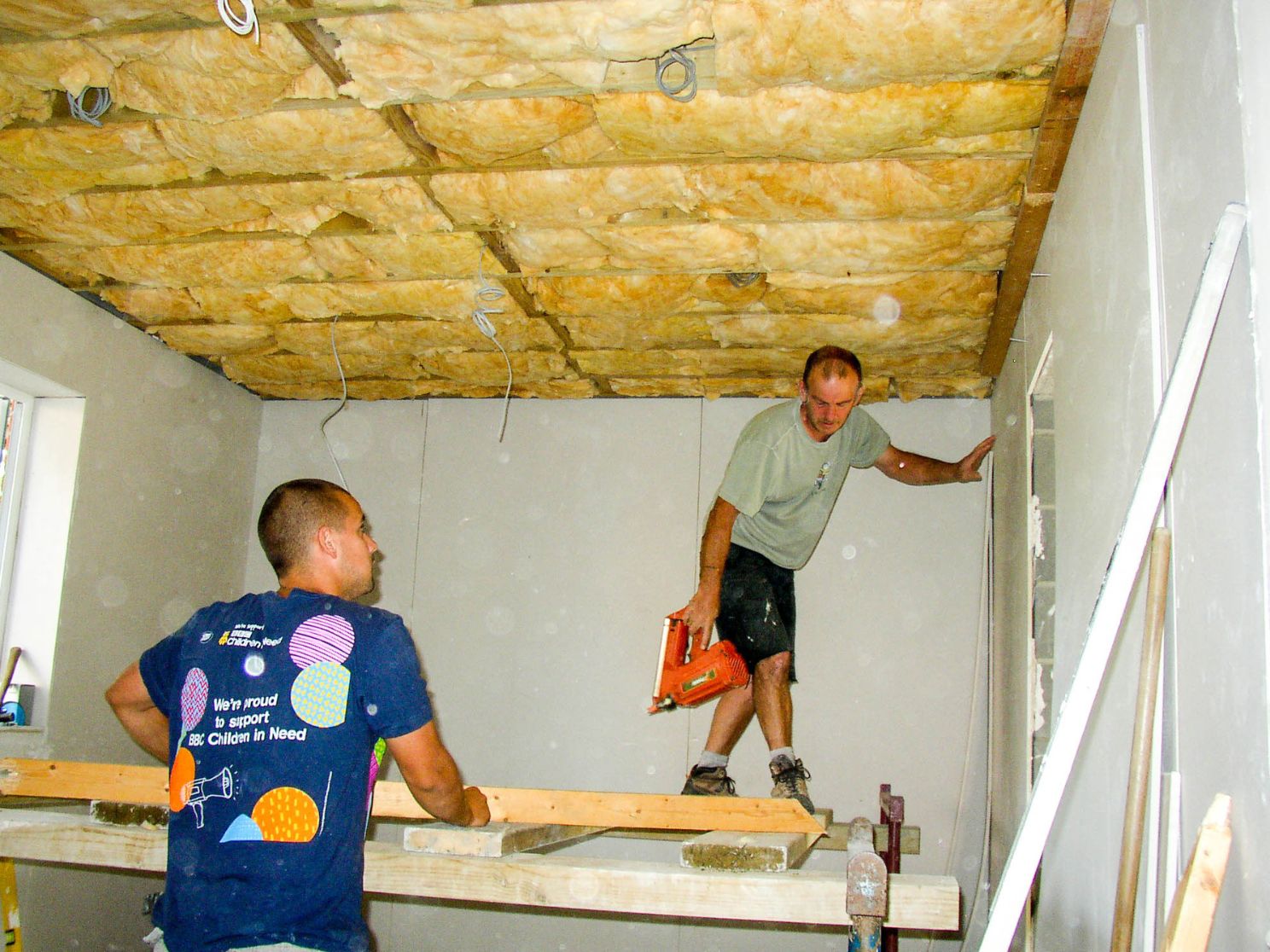

Articles
How To Pick Insulation
Modified: October 28, 2024
Learn how to pick the right insulation for your home with our informative articles. Discover the best options for energy efficiency and cost savings.
(Many of the links in this article redirect to a specific reviewed product. Your purchase of these products through affiliate links helps to generate commission for Storables.com, at no extra cost. Learn more)
Introduction
When it comes to creating a comfortable and energy-efficient living space, insulation plays a crucial role. It helps in regulating temperature, reducing energy consumption, and providing soundproofing benefits. However, with so many different types of insulation available on the market, choosing the right one for your specific needs can be overwhelming.
In this article, we will guide you through the process of picking the perfect insulation for your project. Whether you are insulating a new home, renovating an existing one, or working on a commercial building, these steps will help you make an informed decision.
Before we dive into the specifics, it is important to understand the basics of insulation. Insulation is a material that is used to slow down the transfer of heat or sound from one area to another. It is typically installed in the walls, ceilings, and floors of buildings to create a thermal barrier.
Insulation works by trapping pockets of air or other insulating materials, which helps to reduce heat transfer. This in turn helps to keep your home or building warmer in the winter and cooler in the summer. Additionally, insulation also provides acoustic benefits by reducing sound transmission between different areas.
Now that we have a general understanding of insulation, let’s move on to the steps involved in picking the right type of insulation for your needs.
Key Takeaways:
- Assess your climate, building type, and specific needs to choose the right insulation. Consider R-value, environmental impact, installation requirements, and long-term costs for a well-informed decision.
- Seek professional advice for expert knowledge, tailored recommendations, and proper installation. Balance upfront costs with long-term benefits and consider sustainability for a comfortable, energy-efficient space.
Read more: How To Pick A Toilet
Step 1: Assess Your Needs
The first step in picking the right insulation is to assess your specific needs and requirements.
Consider the following factors:
- The climate: If you live in a cold climate, you will need insulation that provides a higher R-value (more on this later) to keep the heat inside. In warmer climates, you may focus more on insulation that helps keep the heat out.
- The type of building: Are you insulating a residential home, a commercial building, or an industrial facility? The requirements for each may differ based on factors such as building codes, occupancy, and ventilation needs.
- Existing insulation: If you are renovating an existing building, check if there is any insulation already in place. Assess its condition and effectiveness. You may need to remove and replace it to ensure optimal insulation performance.
- Specific needs: Are you primarily concerned with reducing energy consumption, providing soundproofing, or both? Understanding your specific needs will help you narrow down the insulation options available to you.
By taking the time to assess your needs, you will have a better understanding of what you are looking for in an insulation material. This will make the subsequent steps in the selection process much easier.
Step 2: Understand Insulation Types
Now that you have assessed your needs, it’s time to familiarize yourself with the different types of insulation available.
Here are some commonly used insulation materials:
- Fiberglass: This is one of the most commonly used insulation materials. It consists of fine glass fibers that are woven together and formed into batts or blown-in insulation. Fiberglass insulation is known for its affordability and versatility, as it can be used in walls, attics, and floors.
- Cellulose: Made from recycled paper and treated with flame retardants, cellulose insulation is an eco-friendly option. It is typically blown into walls or attics and provides excellent thermal and sound insulation.
- Spray Foam: This type of insulation is applied as a liquid and expands to fill gaps and cavities. Spray foam insulation creates an airtight seal and provides superior insulation properties. It is often used in areas where a high level of insulation is required.
- Rigid Foam: Rigid foam insulation is a lightweight, durable, and moisture-resistant option. It comes in the form of rigid boards or panels and is commonly used in foundations, basements, and exterior walls.
- Mineral Wool: Also known as rock wool or slag wool, mineral wool is made from natural or recycled materials. It provides excellent fire resistance and sound isolation properties. Mineral wool insulation is available in batts, boards, or loose-fill form.
Each insulation material has its own advantages and disadvantages, so it’s important to consider factors such as cost, R-value, installation requirements, and environmental impact when making your decision.
Take the time to research and understand the properties of each insulation type to determine which one is best suited for your specific needs.
Step 3: Consider R-Value
When selecting insulation, it’s crucial to consider the R-value, which represents the material’s thermal resistance. The higher the R-value, the better the insulation’s ability to resist heat flow.
To determine the appropriate R-value for your insulation, you need to consider several factors:
- Climate: As mentioned earlier, different climates require different levels of insulation. Colder climates typically require higher R-values to ensure sufficient thermal resistance.
- Building Type: The type and size of the building also affect the recommended R-value. Residential homes and commercial buildings may have different insulation requirements based on factors such as occupancy and heating/cooling systems.
- Local Building Codes: Check your local building codes or consult with a professional to determine the minimum R-value requirements for your area. Building codes often provide guidelines for insulation R-values based on regional climate conditions.
It’s important to note that the R-value of a specific insulation material can vary depending on its thickness. Thicker insulation typically has a higher R-value.
Keep in mind that insulation works best when installed properly, so it’s important to follow manufacturer guidelines and recommendations for achieving the desired R-value.
By considering the R-value, you can ensure that your insulation provides the appropriate thermal resistance and helps optimize your energy efficiency and comfort.
Step 4: Evaluate Environmental Impact
As we become more conscious of our environmental impact, it’s important to consider the sustainability and eco-friendliness of insulation materials. Evaluating the environmental impact of insulation helps ensure that your choice aligns with your values and contributes to a greener future.
Here are some factors to consider when evaluating the environmental impact of insulation:
- Renewability: Some insulation materials, such as cellulose and wool, are made from renewable resources. These materials have a lower carbon footprint compared to those derived from non-renewable sources, such as fiberglass or foam.
- Recycled Content: Look for insulation materials that contain a high percentage of recycled content. This helps reduce waste and promotes the circular economy.
- Energy Consumption: Consider the energy required to produce the insulation material. Insulation that requires less energy to manufacture is generally more environmentally friendly.
- Chemical Additives: Some insulation materials may contain chemicals that pose health or environmental risks. Look for options that are free from harmful additives.
- Disposal and Recycling: Consider the end-of-life options for the insulation material. Can it be recycled or easily disposed of in an environmentally responsible manner?
By choosing insulation materials with minimal environmental impact, you can contribute to sustainability efforts and reduce your carbon footprint.
Research different insulation options and look for certifications such as ENERGY STAR, LEED, or Greenguard to ensure that the materials meet rigorous environmental standards.
Remember, while insulation plays a crucial role in energy efficiency, it’s also essential to consider the broader environmental implications to make a truly sustainable choice.
When picking insulation, consider the R-value, which measures its thermal resistance. The higher the R-value, the better the insulation’s ability to resist heat flow.
Read more: How To Pick Mums
Step 5: Determine Installation Requirements
Once you have narrowed down your options based on your needs, insulation types, R-value, and environmental impact, it’s important to consider the installation requirements of the chosen material.
Here are some factors to consider when determining the installation requirements:
- Professional Installation: Some insulation materials, such as spray foam or rigid foam, require professional installation due to their specific application methods or safety concerns. Hiring a professional ensures proper installation and optimal performance.
- DIY Friendliness: If you prefer to take on the installation yourself, consider materials that are DIY-friendly, such as batt insulation or loose-fill cellulose. These materials can be easily handled and installed with basic tools and equipment.
- Accessibility: Evaluate the accessibility of the areas where insulation will be installed. Some materials, like blown-in insulation, require access to confined spaces, while others, like rigid foam boards, are suitable for open areas.
- Preparation: Consider the necessary preparation steps before installation. Some materials may require surface cleaning, moisture barriers, or air sealing prior to installation.
- Safety Measures: Insulation installation may require safety precautions such as wearing protective gear, ensuring proper ventilation, or following specific guidelines to minimize health risks.
Assess your skill level, comfort, and available resources to determine whether you can handle the installation yourself or if professional assistance is necessary.
Keep in mind that proper installation is crucial for insulation to perform effectively, so it’s important to follow manufacturer instructions or consult with professionals to ensure the insulation is installed correctly.
By considering the installation requirements, you can make an informed decision that aligns with your capabilities and ensures the successful implementation of the chosen insulation material.
Step 6: Compare Costs
Cost is an important factor to consider when choosing insulation. It’s essential to find a balance between the upfront cost of the material and its long-term benefits.
Here are some points to consider when comparing insulation costs:
- Initial Cost: Compare the upfront cost of different insulation materials. Keep in mind that some materials may have a higher initial cost but provide better long-term energy savings.
- Energy Savings: Consider the potential energy savings associated with each insulation type. Higher R-value materials may result in greater energy efficiency and reduced utility bills over time.
- Maintenance: Evaluate any maintenance costs associated with the insulation material. Some materials may require periodic maintenance or replacement, which could impact long-term costs.
- Return on Investment (ROI): Calculate the estimated ROI by comparing the upfront cost with the expected energy savings over time. This will help you determine the cost-effectiveness of the insulation material.
- Government Incentives: Research if there are any government incentives or rebates available for specific types of insulation. These incentives can help offset the initial cost and make the investment more financially viable.
While cost is important, it should not be the sole determining factor. Consider the overall value, durability, and performance of the insulation material in relation to its cost. It’s better to invest in a higher-quality insulation with a higher initial cost if it provides superior long-term benefits and energy savings.
By comparing the costs of different insulation options, you can make an informed decision that aligns with your budget and long-term goals.
Step 7: Seek Professional Advice
When it comes to selecting and installing insulation, seeking professional advice can greatly assist you in making the right decisions and ensuring optimal results. Consulting with insulation experts or professionals can provide valuable insights and guidance throughout the process.
Here are some reasons why seeking professional advice is beneficial:
- Expert Knowledge: Insulation professionals have in-depth knowledge and experience working with different insulation materials. They can provide accurate information about the pros and cons of each option, helping you make an informed decision.
- Assessment and Recommendations: A professional can assess your specific needs and requirements, considering factors such as climate, building type, and existing insulation. They can offer tailored recommendations that suit your project best.
- Code Compliance: Building codes and regulations can vary by location. A professional can ensure that the chosen insulation type meets the local codes and guidelines, helping you avoid any compliance issues.
- Proper Installation: Improper installation can compromise the effectiveness of the insulation. Professionals are trained to install insulation correctly, ensuring optimal performance and energy efficiency.
- Awareness of New Technologies: Insulation technology and products are constantly evolving. Professionals are up-to-date with the latest advancements and can recommend innovative solutions that maximize insulation performance.
By seeking professional advice, you can have peace of mind knowing that you have made the right choices and that your insulation project will be executed with expertise.
Research and hire reputable insulation contractors or consultants who have a track record of satisfied customers. Obtain multiple quotes and ask for references before making your final decision.
Remember, professionals can offer valuable insights and expertise, making the process of selecting and installing insulation smoother and more successful.
Conclusion
Selecting the right insulation for your project is crucial for creating a comfortable, energy-efficient, and environmentally friendly living or working space. By following the steps outlined in this article, you can make an informed decision and choose insulation that meets your specific needs and requirements.
Assessing your needs, understanding insulation types, considering R-value, evaluating environmental impact, determining installation requirements, comparing costs, and seeking professional advice are all key steps in the decision-making process.
Remember to consider factors such as climate, building type, and existing insulation when selecting the appropriate material. Take into account the sustainability and eco-friendliness of the insulation, as well as the installation requirements and long-term costs. A balance between upfront cost and long-term benefits is essential.
Don’t hesitate to seek professional advice from insulation experts or professionals in order to gain valuable insights and ensure a successful outcome. They can provide expert knowledge, tailored recommendations, and proper installation techniques.
Whether you are insulating a new home, renovating an existing building, or working on a commercial project, making the right insulation choice will enhance energy efficiency, increase comfort, and contribute to a greener future.
Take your time, do thorough research, and make a decision that aligns with your needs, budget, and sustainability goals. By doing so, you can enjoy the benefits of well-insulated spaces for years to come.
Frequently Asked Questions about How To Pick Insulation
Was this page helpful?
At Storables.com, we guarantee accurate and reliable information. Our content, validated by Expert Board Contributors, is crafted following stringent Editorial Policies. We're committed to providing you with well-researched, expert-backed insights for all your informational needs.



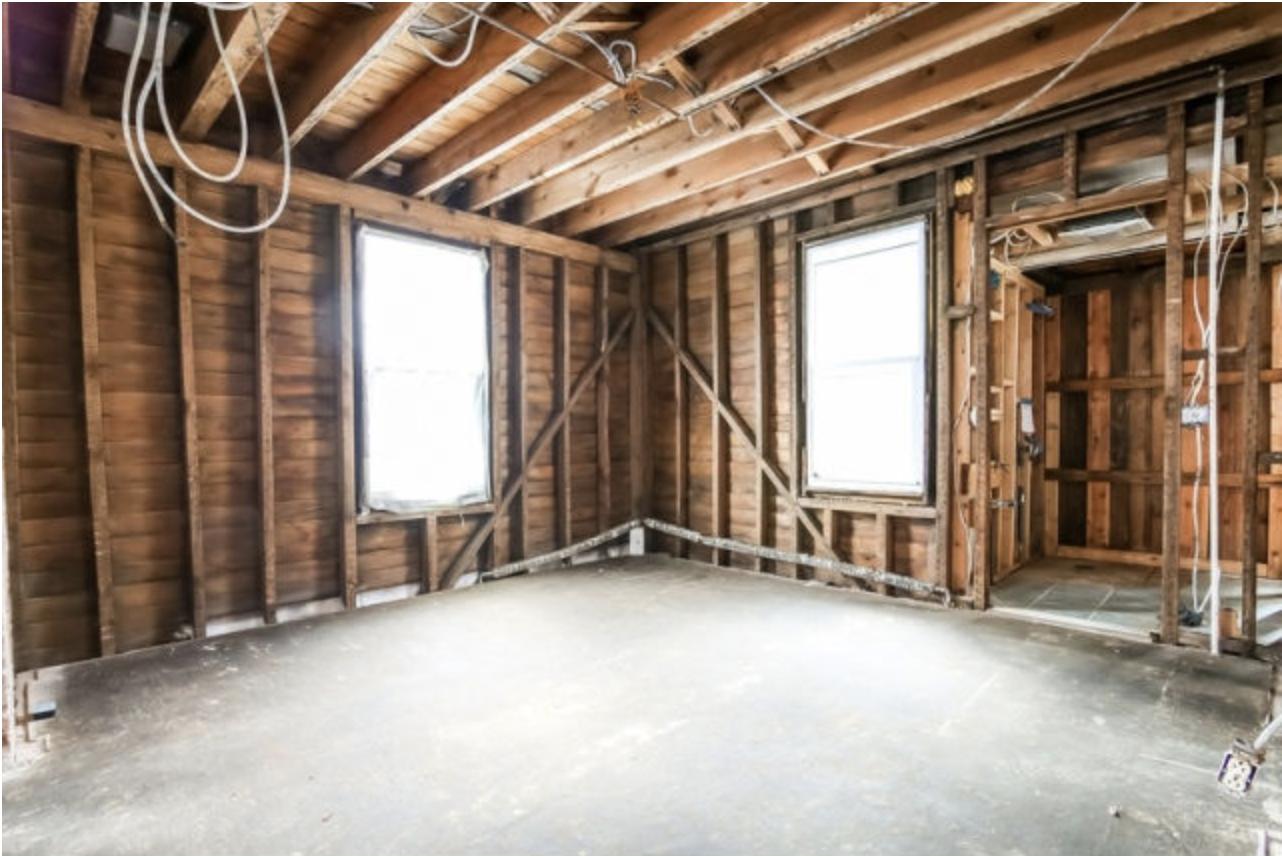






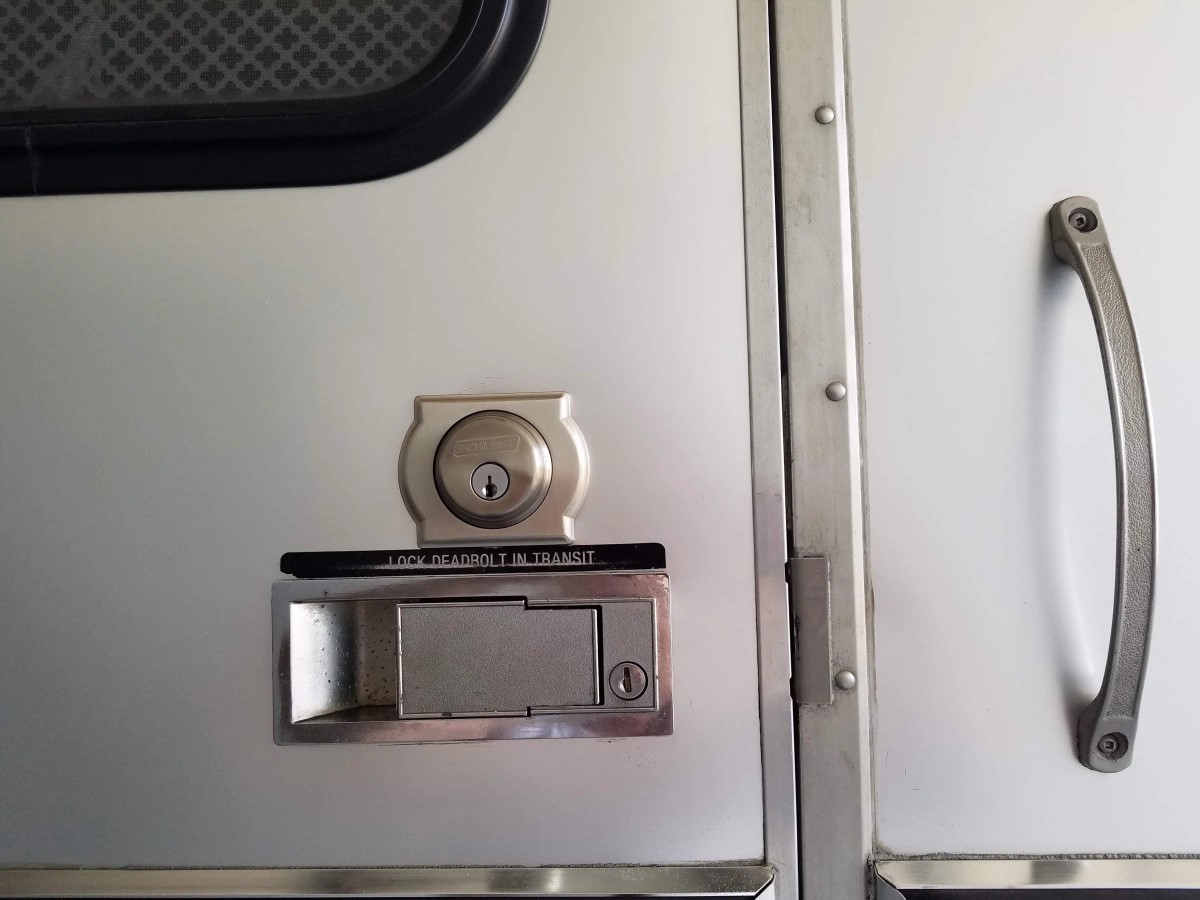

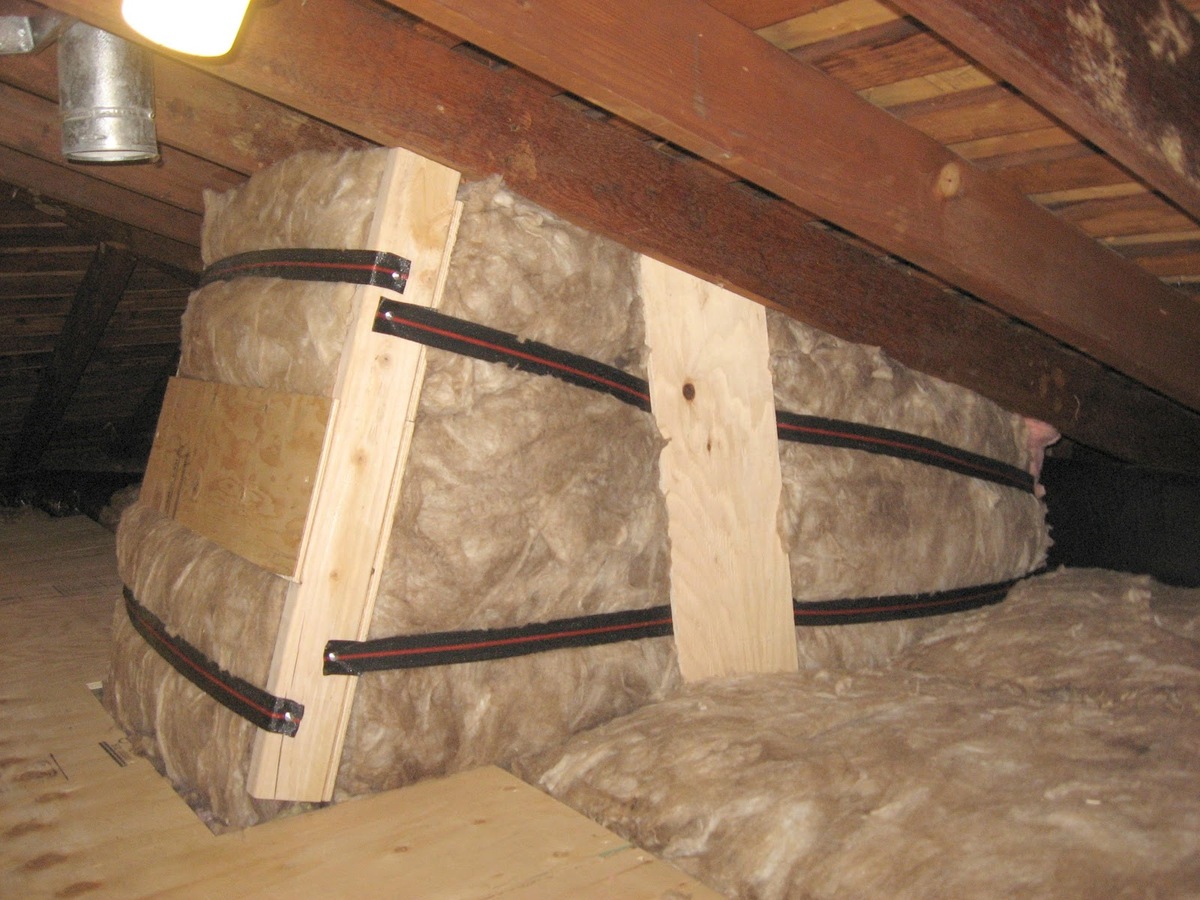
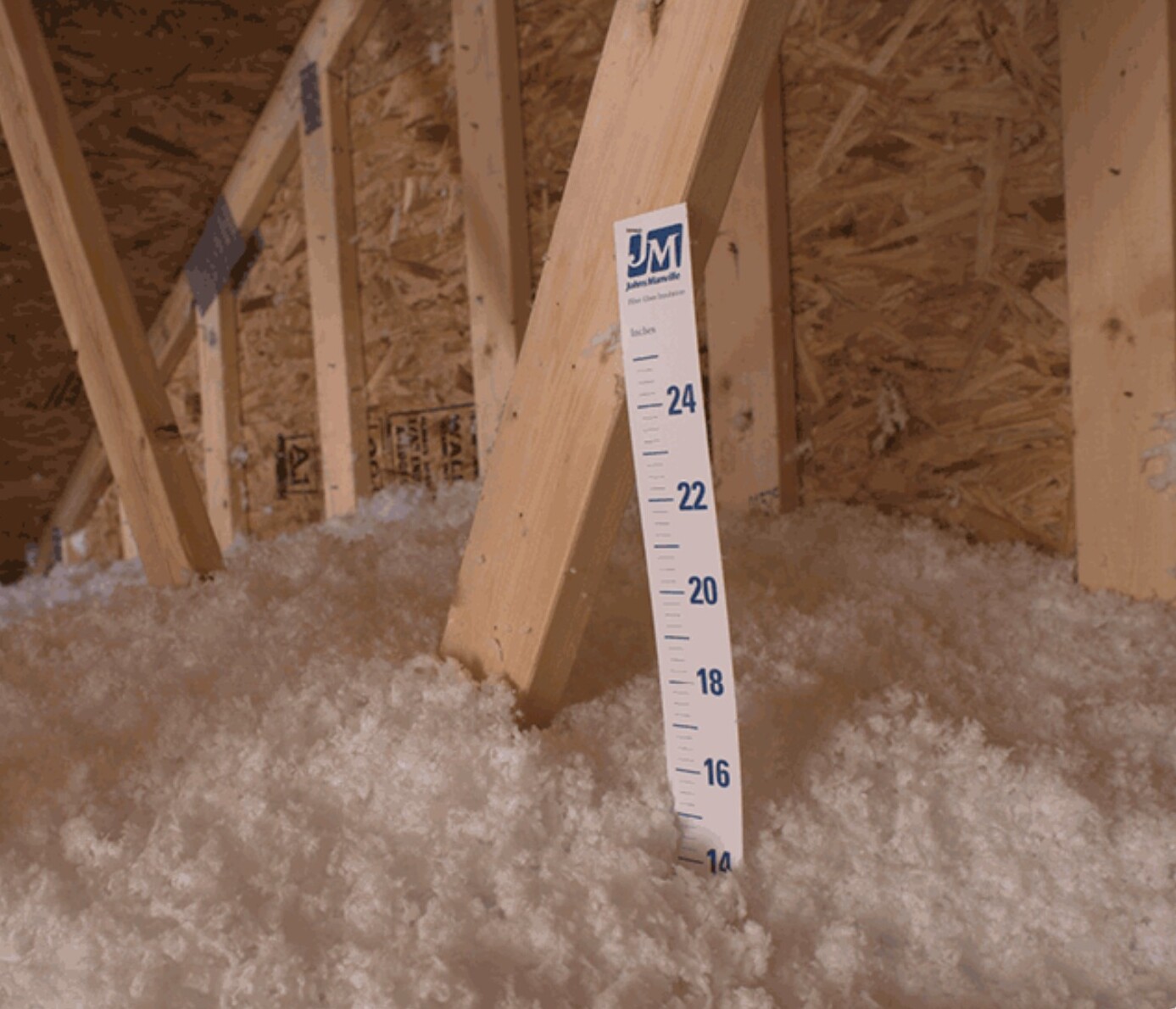

0 thoughts on “How To Pick Insulation”